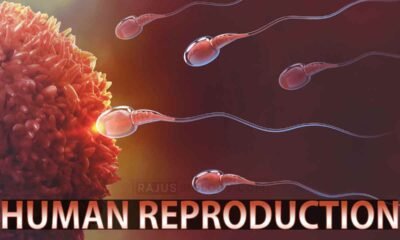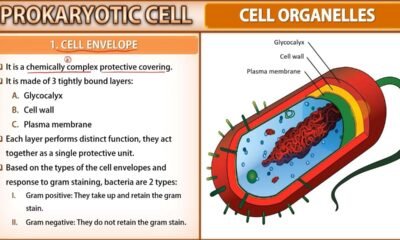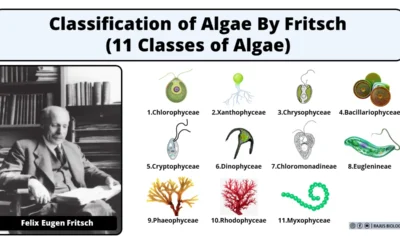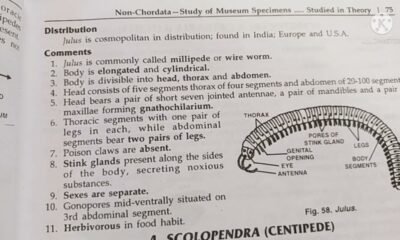Blog
Earthworm Morphology Short Notes
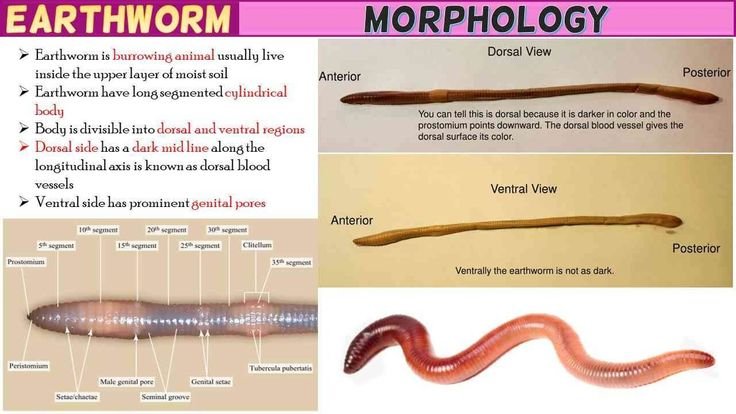
In this article we will discuss about the earthworm morphology
Earthworm Morphology
- Earthworm is burrowing animal usually live inside the upper layer of moist soil
- Earthworm have long segmented cylindrical body
- Body is divisible into dorsal and ventral regions
- Dorsal side has a dark mid line along the longitudinal axis is known as dorsal blood vessels
- Ventral side has prominent genital pores
- Number of segments are 100-120 are called metameres
- First body segment is called the peristomium
- Peristomium possess mouth and fleshy lobe overhanging the mouth is called prostomium
- Last body segment is called the pygidium or anal segment
- 14th, 15th and 16th segments are covered by prominent dark band of glandular tissue called clitellum
- Clitellum divides the body of earthworm in 3 regions
- Pre clitellar region – 1st to 13th segments
- Clitellar region – 14th to 16th segments
- Post clitellar region – 17th and onwards
- All segments except the first, last and clitellum bear S shaped setae, it can be extended or retracted. Their function is locomotion.
Apertures in the body of an earthworm
- Dorsal pores: present after 12 segments except the last segment. Coelomic fluid oozes out from this pore that lubricates the surface of body
- Spermathecal pores: situated ventro-laterally and found in segment 5/6, 6/7, 7/8, 8/9. spermatozoa enter the spermatheca through these pores.
- Female genital pore: present in the 14th segment mid-ventrally. The ova discharged out via the female genital pore
- Male genital pore: situated ventro-laterally in 18th segment. sperm release through this pore.
- Nephridiopores: present in all segments except first two segments. Help for Excretion
- Genital papillae: present in the ventral side of 17 and 19 a pair each. These papillae aids in temporary attachment in course of reproduction

 Blog7 months ago
Blog7 months ago[PPT] Human Reproduction Class 12 Notes
- Blog7 months ago
Contribution of Indian Phycologists (4 Famous Algologist)
- Blog7 months ago
PG TRB Botany Study Material PDF Free Download

 Blog7 months ago
Blog7 months agoCell The Unit of Life Complete Notes | Class 11 & NEET Free Notes

 Blog7 months ago
Blog7 months ago[PPT] The living world Class 11 Notes

 Blog7 months ago
Blog7 months agoClassification of Algae By Fritsch (11 Classes of Algae)

 Blog7 months ago
Blog7 months agoJulus General Characteristics | Free Biology Notes
- Blog7 months ago
Class 12 Biology Notes Chapter wise PPT




